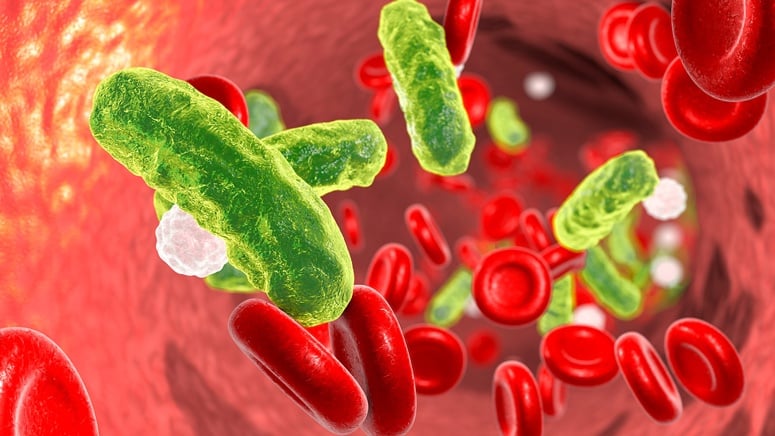Sepsis, also called blood infection, is the body’s overreaction [1] to an infection, impairing the functioning of its own tissues and organs, and can be fatal if it is not identified and treated quickly. In the past, sepsis was known as a generalized infection. Sepsis (blood poisoning [2]) is the most severe form of infectious disease. Sepsis is caused by an excessive or, conversely, insufficient response of the body to an infectious disease (infection). Rapid recognition of sepsis is essential for successful treatments. Sepsis is also recognized as the largest preventable cause of death in the world, which causes the death of around 11 million people every year. It is estimated that one in 5 deaths are caused by sepsis. Most infections, such as pneumonia or urinary tract infections, can progress to sepsis if they are not identified quickly and treated appropriately.
Stages and Progression of Sepsis
Infection & Systemic Inflammatory Response Syndrome (SIRS)

It all starts with the infection [3] caused by a microorganism. It is important that from the onset of the first symptoms, cause of the disease is identified, so that an effective treatment occurs. At this stage the chances of surviving are still great. It is important to know that every sepsis starts with an infection, but not every infection will progress to a sepsis.
Systemic inflammatory response syndrome (SIRS) is the next stage. It is a clinical response resulting from an unspecified aggression to the organism.
-
Temperature above 38.6º C or below 36º C.
-
Respiratory rate above 20 rpm.
-
Leukocytes above 12 thousand or below 4 thousand.
In reality, these signs [4] are used to recognize the Systemic Inflammatory Response Syndrome (SIRS), which only develops into sepsis when there is the presence of an infection. SIRS is a more widely used term in some fields, because sepsis is only seen as a subset of SIRS. Presence of at least two of these symptoms must be present to indicate sepsis.













